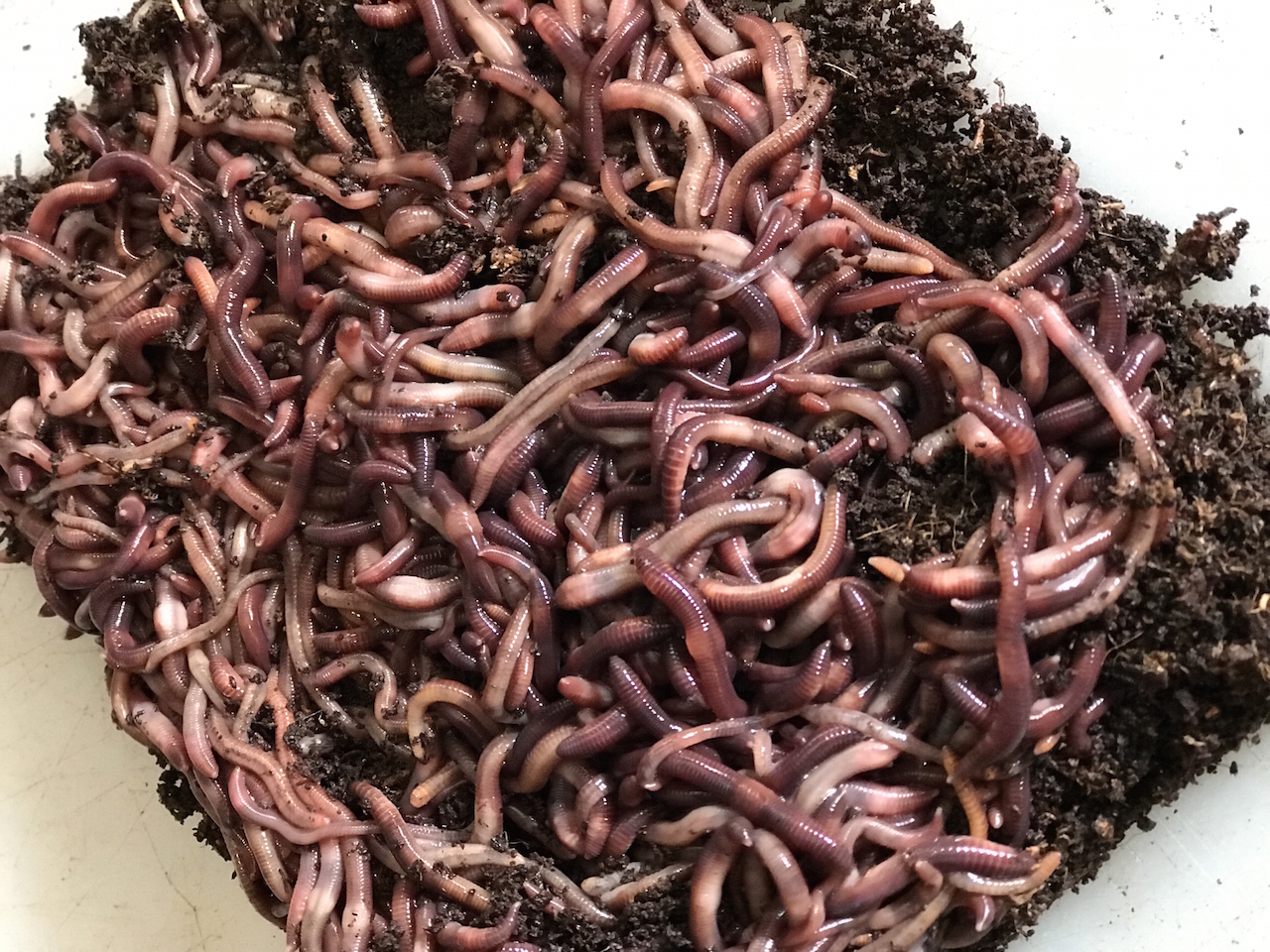Red wigglers: For organic gardening
Red wigglers: For organic gardening
Blog Article
Everything You Need to Know Regarding Red Wigglers for Composting
Red wigglers, or Eisenia fetida, play a pivotal role in the world of composting, changing organic waste into useful dirt amendments. The process of setting up a worm bin and keeping it can present challenges.
What Are Red Wigglers?

(red worms)
Native to The United States and copyright, red wigglers are surface-dwelling microorganisms that prefer wet, cozy environments abundant in disintegrating raw material. Their diet consists largely of decaying plant material, food scraps, and other natural debris, which they eat and damage down efficiently. As they digest this material, they create nutrient-rich spreadings that boost dirt fertility.
Red wigglers are hermaphroditic, having both male and female reproductive body organs, and can replicate quickly under optimum problems. This capacity makes them an excellent selection for composting systems, as their populace can boost quickly. Their resilience and adaptability to numerous settings additionally strengthen their relevance in lasting waste administration methods. On the whole, red wigglers are crucial contributors to the procedure of recycling organic waste right into important compost.
Benefits of Using Red Wigglers
Using red wigglers in composting systems supplies numerous advantages that boost both the efficiency of waste monitoring and the high quality of the resulting garden compost. These worms, scientifically understood as Eisenia fetida, are particularly reliable at damaging down organic matter, turning cooking area scraps and yard waste into nutrient-rich compost at an increased price.
One of the primary advantages of making use of red wigglers is their capability to take in big amounts of organic material, frequently processing their weight in food waste daily. This high intake rate brings about quicker decomposition and reduces the quantity of waste sent to landfills. The castings generated by red wigglers are abundant in crucial nutrients, advantageous bacteria, and enzymes, making them an exceptional plant food for gardens and plants.
Additionally, red wigglers flourish in a variety of settings, making them versatile for both indoor and outdoor composting systems - red wigglers. Their presence in a garden compost container assists to aerate the product, preventing odors and advertising a healthy and balanced composting procedure. In general, utilizing red wigglers not just adds to effective waste administration but also sustains lasting gardening techniques with the production of premium garden compost
(Lake James Bait)
Establishing Up Your Worm Bin
To efficiently establish up a worm container, it is necessary to select a suitable container that satisfies the requirements of red wigglers while supplying a favorable environment for composting. An appropriate container can be made from plastic, timber, or metal, with a capability of at the very least 1 square foot for every single extra pound of worms.
Make sure the container has ample water drainage holes to stop excess wetness, as red wigglers prosper in a wet, but not waterlogged, setting. red wigglers. The container should additionally be aerated to provide sufficient airflow, avoiding anaerobic conditions that might damage the worms
A perfect place for the worm bin is a trendy, dark area, without straight sunlight and extreme temperatures, as red wigglers favor a temperature level variety of 55 to 77 levels Fahrenheit.
Prior to introducing the worms, prepare bed linen products such as shredded newspaper, cardboard, or coconut coir, which will certainly supply both environment and food. Dampen the bed linens lightly to develop an inviting atmosphere for the worms. Consider placing a lid on the container to keep humidity and lower insects, while ensuring it can be quickly gotten rid of for upkeep.
Feeding and Treatment Guidelines
Feeding red wigglers is a vital element of keeping a healthy and balanced composting system. These worms prosper on a diverse diet, largely composed of organic products such as fruit and veggie scraps, coffee premises, and crushed eggshells. It is necessary to prevent feeding them meat, milk, and oily foods, as these can develop unpleasant odors and bring in pests.
When introducing food to your worm bin, cut or shred products into smaller sized items to help with quicker decomposition. Beginning with small amounts to evaluate the worms' usage price, slowly enhancing the quantity as they adjust. It is a good idea to alternative feeding places within the bin to encourage comprehensive blending and aeration of the compost.

Troubleshooting Common Issues
Preserving a growing worm composting system can in some cases offer obstacles that require attention and troubleshooting. Typical concerns include an unpleasant smell, which frequently suggests overfeeding or the visibility of anaerobic problems. To fix this, lower the quantity of food included and guarantee correct oygenation by mixing the bed linens material.
An additional frequent problem is the getaway of worms from the container. This can take place as a result of excessive wetness or improper ecological problems. Consistently inspect the wetness levels, going for a damp however not soggy consistency, and maintain optimal temperature levels in between 60-80 ° F(15-27 ° C )to develop a comfortable environment for your red wigglers.
Parasites, such as fruit flies, can additionally invade worm bins. red wigglers. To combat this, cover food scraps with a layer of bed linens or shredded paper to prevent flies from laying eggs. In addition, make certain that any kind of food added is fresh and without mold and mildew, which can bring in undesirable pests
Last but not least, if your worms appear inactive, examine for stress and anxiety elements such as temperature level variations or insufficient moisture. Resolving these common concerns will certainly assist keep a healthy and balanced and productive worm composting system.
Conclusion
In recap, red wigglers, or Eisenia fetida, play an more info here essential duty in sustainable waste management through vermicomposting. Appropriate setup and maintenance of a worm container, along with adherence to feeding guidelines, make sure a growing ecosystem that minimizes land fill contributions.
Report this page